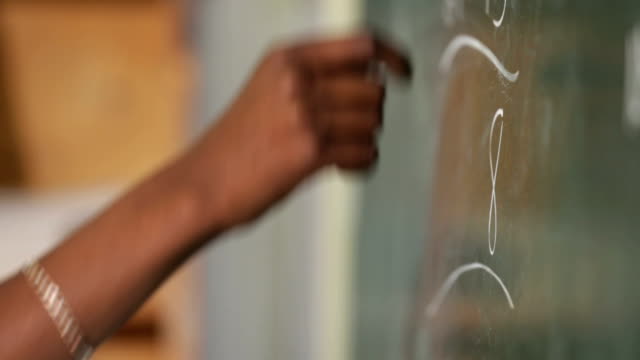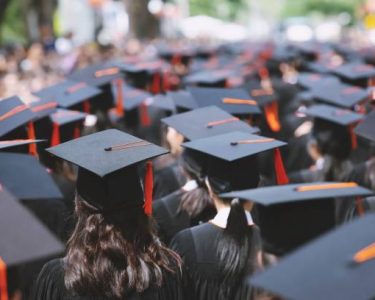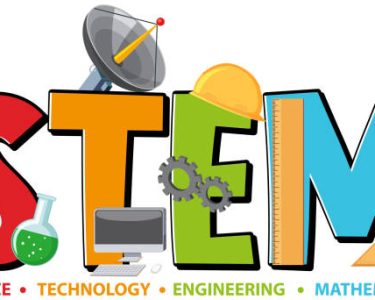
Access to education stands as a fundamental right and a cornerstone of societal progress. However, across the globe, numerous barriers inhibit individuals from realizing this rightfully. From economic constraints to social prejudices, these obstacles impede millions from accessing quality learning opportunities. In this discourse, we navigate the multifaceted landscape of educational accessibility, exploring strategies to dismantle barriers and foster inclusivity.
Obstacles to Access to Education
1. Economic Barriers: Economic disparities pose formidable obstacles to education. High tuition fees, costs of textbooks, and transportation expenses often deter individuals from pursuing formal education. To mitigate these challenges, scholarship programs, financial aid, and subsidized resources are instrumental in leveling the playing field. Moreover, investment in community-based education initiatives empowers marginalized populations to access learning opportunities closer to home.
2. Infrastructural Challenges: Inadequate infrastructure, particularly in rural and underserved areas, hinders access to education. Lack of proper school facilities, transportation networks, and internet connectivity exacerbate disparities in learning access. Addressing infrastructural deficits requires concerted efforts from governments, NGOs, and private entities to build schools, improve transportation networks, and expand broadband access, ensuring that no individual is left behind due to geographical constraints.![]()
3. Gender Disparities: Gender inequality remains a pervasive barrier to education, especially in regions where cultural norms prioritize male education over female empowerment. Discriminatory practices, early marriage, and limited access to sanitary facilities disproportionately affect girls’ education. Empowering girls through targeted interventions, such as girls’ education initiatives, menstrual hygiene programs, and community awareness campaigns, is pivotal in dismantling gender barriers and fostering gender parity in education.
4. Special Needs and Disabilities: Individuals with disabilities often encounter significant challenges in accessing quality education. Inaccessible infrastructure, lack of specialized resources, and societal stigmatization impede their educational journey. Implementing inclusive education policies, providing assistive technologies, and sensitizing educators and communities to diverse learning needs are critical steps toward creating inclusive learning environments where every individual can thrive irrespective of their abilities.
In conclusion, access to education is not merely a privilege but a fundamental human right. Addressing barriers and fostering inclusivity in education require collaborative efforts across multiple fronts. By investing in financial aid, enhancing infrastructure, promoting gender equality, and accommodating diverse learning needs, societies can create environments where every individual has the opportunity to unleash their full potential. As we embark on this journey toward educational inclusivity, let us strive to build a world where learning knows no bounds, and every individual has the chance to shape their destiny through the power of education.






